


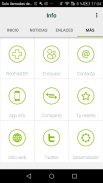
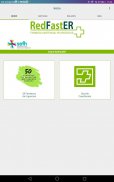
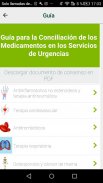
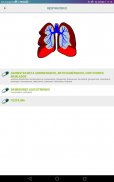
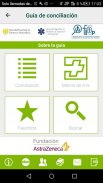
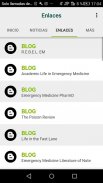
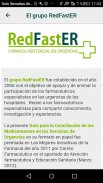

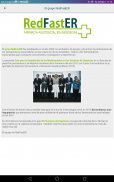
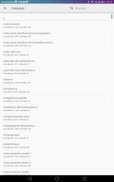
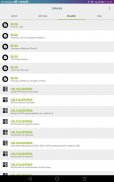
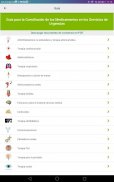
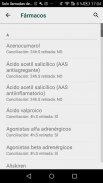
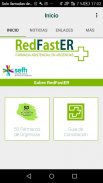

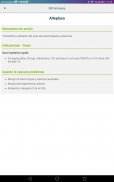
UrgRedFasterFH

Description of UrgRedFasterFH
The RedFastER group of the Spanish Society of Hospital Pharmacy (SEFH) has created the UrgRedFasterFH app to help pharmacists specialists working in the emergency services of hospitals.
The EVADUR study (Emergencias 2010; 22: 415-428) showed that 12% of patients visited in the emergency room suffer some type of incident or adverse effect and that the second most frequent cause is medication (37.5%) . The RedFastER group detected that 79% of patients in the emergency room present discrepancies between the medication they actually take before going to the hospital's emergency room and the one registered in the medical records. In addition, the abrupt interruption of any of the medications can cause a withdrawal syndrome, an exacerbation of the underlying pathology, worsening the patient's condition and / or complicating the acute condition that caused him to go to the emergency room or even generate a new health problem. . But also the maintenance of any of the drugs, in certain circumstances (kidney failure, liver failure, bleeding, respiratory depression, poisoning, etc.) can pose a risk to the patient, so they should be temporarily interrupted until stabilized.
The so-called conciliation can solve these problems. It is defined as the formal and standardized process of obtaining the complete list of a patient's previous medication, comparing it with active prescription, and analyzing and resolving the discrepancies found. International organizations such as the Joint Commission on the Accreditation of Healthcare Organizations, the World Health Organization, the National Institute for Health and Clinical Excellence or the National Patient Safety Agency contemplate the reconciliation between the objectives to improve the safety of patients.
The "Guide for the Reconciliation of Medicines in Emergency Services" of the RedfastER group includes medicines or groups of medicines ordered by pathologies. For each of them, the following has been taken into account:
- Maximum time that must elapse to carry out the conciliation.
- Presence or not of withdrawal syndrome.
- Emergency management.
This guide in its paper format was awarded in the Best Initiatives of the Pharmacy of the year 2011 by Pharmaceutical Mail in the section of Pharmaceutical Care and Health Education (March 2012). In June 2014, we launched the first version of the Medication Reconciliation app. In addition to facilitating accessibility to the contents of the paper guide, it allows you to take notes, search for medications, quickly access medications that require a reconciliation in less than 4 hours, select favorites, etc.
In July of 2019 we launched version 2.0 of the app, to which we have changed the name to UrgRedFasterFH. In addition to the conciliation guide, it includes "50 Drugs of Emergency," based on the work "50 Drugs every emergency should know" published by the American Academy of Emergency Medicine Resident and Student Association. It is a guide for consulting the most used drugs in the emergency department. The adaptation that the RedFastER group has made, intends to transmit the minimum information that needs to be known in order to be able to carry out a fast and efficient attention in the Emergency Services. Each of the 50 prescription cards has 3 sections:
- Mechanism of action.
- Indications used in the emergency department and its dosage.
- When will it cause you problems?
It is a general guide and some of the patients that appear on a day-to-day basis will not be able to adjust to the conditions set out here. We will have to take special care with them and make more individualized attention.
The RedFastER team.

























